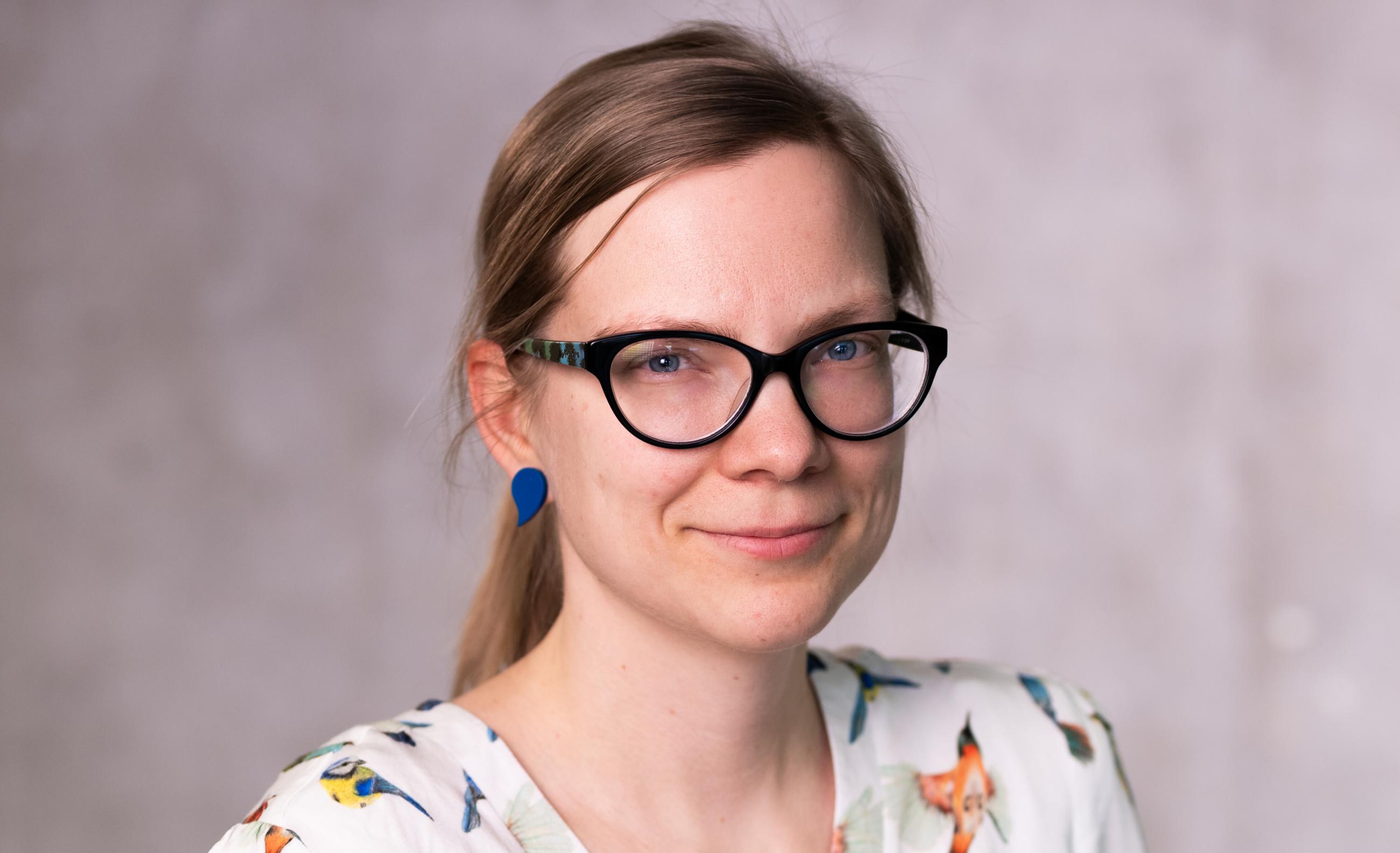Recent doctoral dissertation: early bilingualism supports the development of young children
When a young child uses two languages in a conversation or even in the same sentence, this is not a sign of confusion, but a way for the child to communicate more successfully in the early stages of language development.

In Estonia, there is still a widespread belief that the use of two languages in the same sentence indicates confusion or is detrimental to a child's linguistic development. A doctoral dissertation to be defended at Tallinn University refutes this claim.
Piret Baird, a PhD student at the Department of Educational Sciences of Tallinn University studied early bilingualism in her doctoral dissertation. As a starting point for her research, Baird followed the linguistic development of an Estonian-English bilingual child over a period of 2.5 years from the age of two. The situation was made special by the family's language policy: the languages were used alternately on different days, ensuring equal use of both languages. Until now, the main focus has been on the speech of bilingual children to whom one parent speaks in one language and the other parent in another.
In total, Baird collected 93 hours of spontaneous family interaction, which she analysed based on usage-based models and the so-called ‘traceback method’.
A surprising conclusion
The results show that the child's early speech patterns reflect the linguistic environment around them: the child responded mainly in Estonian on Estonian days and in English on English days. The older the child got, the more they responded to their parents in the language they used. However, code-switching, or the use of two languages in the same sentence, was also common. One may think switching between languages is a sign of linguistic confusion, but an analysis of sentence length showed that sentences containing code-switching are longer and more complex than monolingual sentences. This suggests that such language use may allow young children to express themselves better during early language development.
Key findings
A child's linguistic development is linked to how and what their parents talk to them about. Using a traceback method based on speech template retrieval, it was found that nearly half of a child's monolingual speech can be traced back to their parents' speech. A third of the code-switched sentences also contain templates found in the input speech, even if the parents themselves did not code-switch. This confirms that a child's early speech, including code-switched speech, is built up step by step from patterns and expressions heard. A young child's speech reflects what they hear from their parents. Parents are therefore a linguistic role model for their child.
Bilingualism in a child's speech can be a tool to support the development of language skills. The study also found that code-switching was most common at around 2.5 years of age, but then declined rapidly as the child's linguistic skills in both languages increased. This confirms the findings of previous studies from other parts of the world that code-switching is a normal and temporary stage in the development of bilingual children. The child may still use code-switching to a lesser extent at a later age, but it is then due to other factors, such as a language game or a desire to show off language skills.
Assistance for parents and teachers
The doctoral thesis provides important research-based knowledge for parents, developers of the education system and teachers who raise and teach bilingual children. Research-based information on this topic is needed, as changing education policies are bringing more and more bilingual children into Estonian schools and kindergartens.
The results of the research provide reassurance that code-switching is a natural part of a child's linguistic development and that bilingual children rely on templates in the input language for language acquisition.
The thesis defence
Piret Baird is a PhD student at Tallinn University’s School of Humanities. Her doctoral thesis is entitled "Early Estonian-English bilingualism: Enhancing communicative competence".
Public defence of the thesis will take place on 22 October 2025, starting at 12:00 in Tallinn University Hall M648.
You can also follow the defence and ask the degree candidate questions through Zoom.
The supervisor is Reili Argus, Professor of Estonian Language at Tallinn University.
Opponents are Virve-Anneli Vihman, Professor at the University of Tartu, and Antje Quick, Research Fellow at the University of Leipzig.
The thesis is available in the Tallinn University Academic Library environment ETERA.